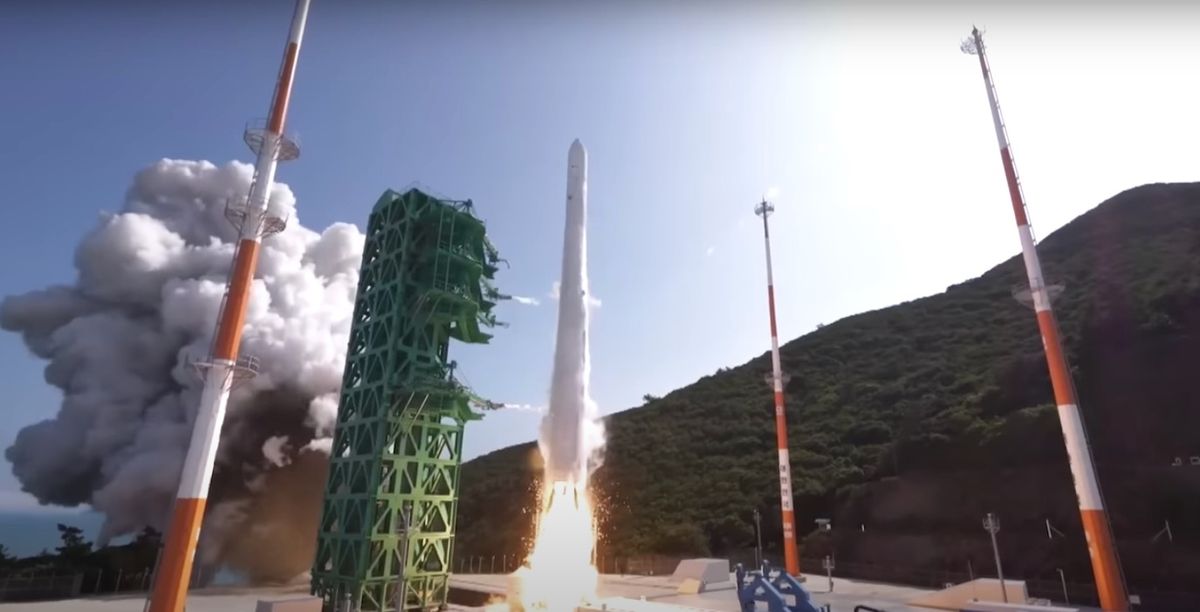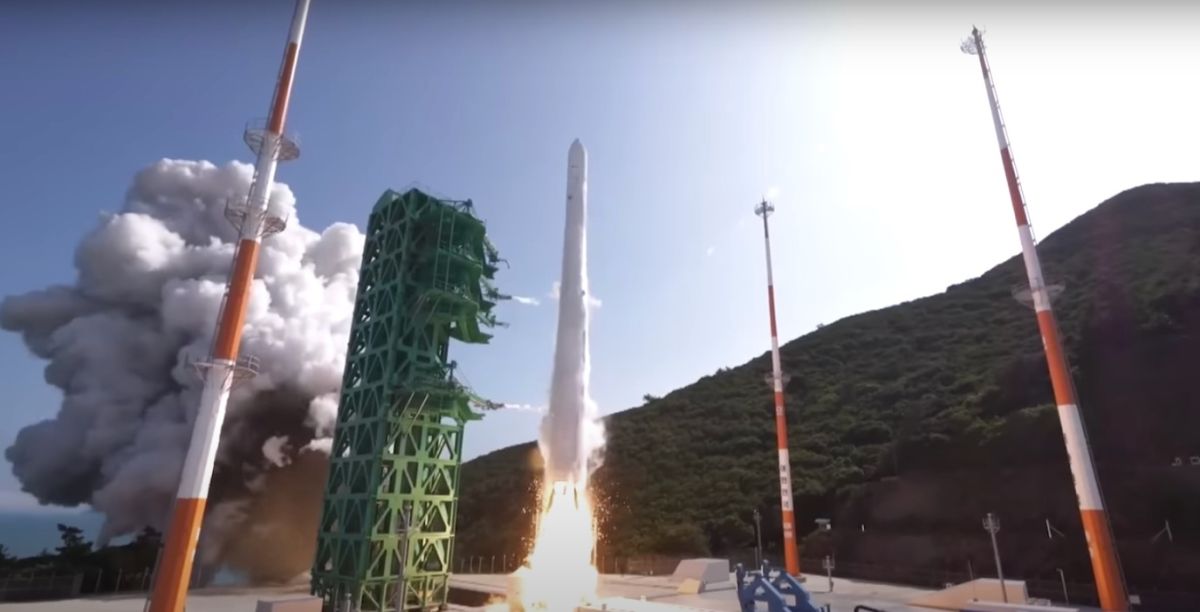
A fully homegrown South Korean rocket has put satellites into orbit for the first time ever.
The nation’s new Nuri rocket lifted off from Naro Space Center on Tuesday (June 21) at 3 a.m. EDT (0700 GMT), eventually deploying six payloads into Earth orbit, Reuters reported (opens in new tab).
One of those payloads was a 358-pound (162.5 kilograms) test satellite that successfully made contact with a base station in Antarctica after reaching orbit, according to Reuters. The others were a 1.3-ton dummy satellite and four tiny cubesats developed by university researchers.
Meet Naro: South Korea’s first rocket in photos
Tuesday’s liftoff was the second orbital mission for the three-stage, 155-foot-tall (47.2 meters) Nuri. The first, in October 2021, failed to place a dummy payload into orbit as planned after the rocket’s third stage shut down prematurely.
So Tuesday’s success was a very big deal for South Korea, which wants to launch its own constellation of navigation satellites and send probes to the moon, among other space goals.
Related stories:
“Now the road to space from our land has been opened,” South Korean President Yoon Suk-yeol said shortly after Tuesday’s launch, according to Reuters. “It was the product of 30 years of daunting challenges. From now on, the dreams and hopes of our people and our youth will extend into space.”
South Korea has launched a satellite to orbit once before, in 2013 with a rocket called Naro. But Naro was a joint project with Russia, whereas Nuri is a fully homegrown vehicle, developed by the Korea Aerospace Research Institute, as Reuters noted.
Mike Wall is the author of “Out There (opens in new tab)” (Grand Central Publishing, 2018; illustrated by Karl Tate), a book about the search for alien life. Follow him on Twitter @michaeldwall (opens in new tab). Follow us on Twitter @Spacedotcom (opens in new tab) or on Facebook (opens in new tab).



